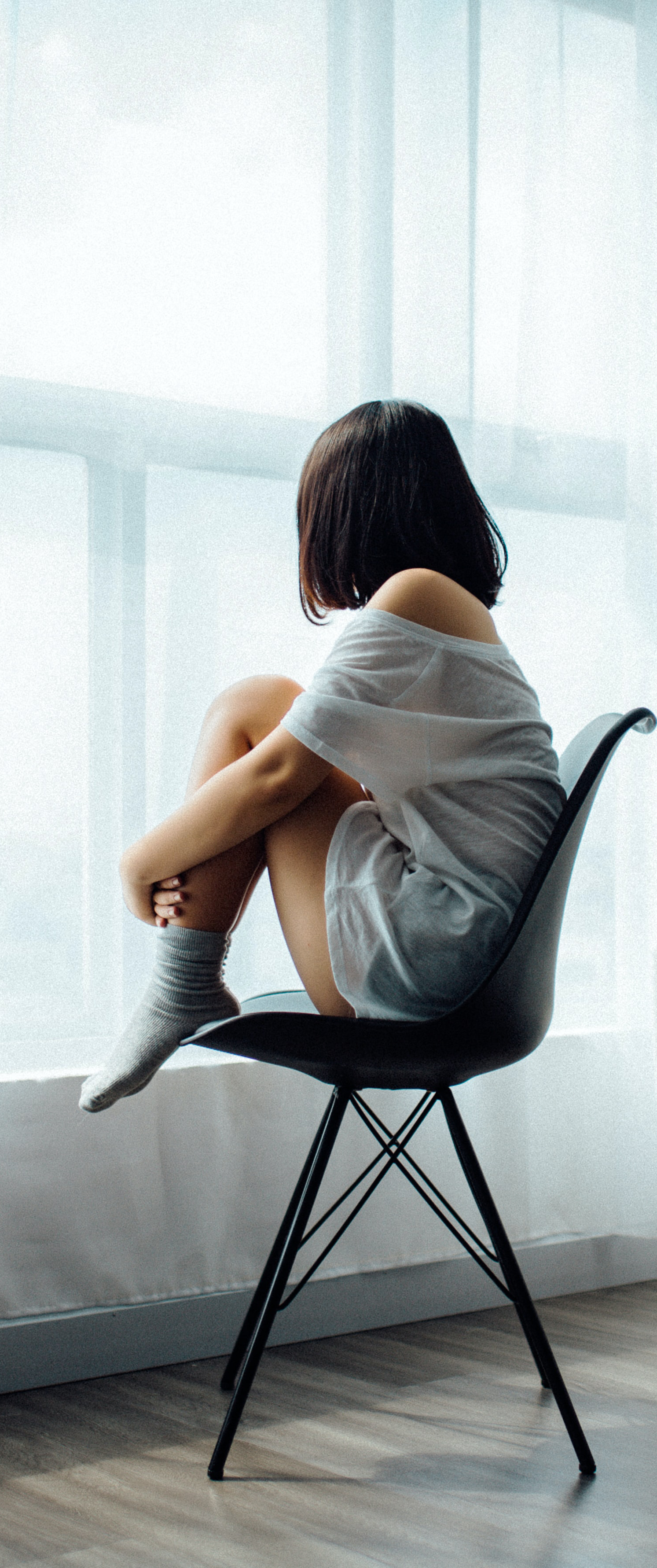Your alarm goes off, and you hit the snooze button; ten minutes later, the alarm goes off again, and you hit the snooze button again, and ten minutes after that, it goes off, but your hand does not move. Your alarm continues to ring while your eyes are half-open. The weight of your bedding is heavy as an elephant, and the thought of getting out of bed feels like a daunting task.
Depression is when you lack motivation and drive over an extended period of time. In this article we will be going over depression and what having a depression disorder is like.
What are the Symptoms of Depression?
Most people believe that depression is simply feeling sad. Yes, but that is just one of the symptoms that can be associated with this issue. With depression, you can experience physical and emotional symptoms such as aches and pains and a loss of interest in your hobbies.
Diagnosis requires that the symptoms listed below are present for at least two weeks and that daily function has decreased:
- Feeling sad/ depressed mood
- Loss of interest in hobbies
- Changes in appetite
- Trouble sleeping
- Loss of energy
- Increase in purposeless physical activity, i.e., inability to sit still
- Feeling worthless or guilty
- Difficulty thinking and making decisions
- Thoughts of death or suicide
- Aches or pains, headaches, cramps, or digestive problems
According to Psychiatry.org, depression is a common and severe mental illness that affects one in 15 adults (6.7%) of the American population. Additionally, one in six people (16.6%) experience depression at some point in their life. People can experience depression at any point, with most experiencing depression from their late teens to their mid-20s. Studies show that women are more likely to experience depression, with one-third of women experiencing a depressive episode at least once in their lifetime.
Depression can show itself in several forms and is a common comorbidity in other mental illnesses:
- Persistent depressive disorder
- Post-partum
- Psychotic depression
- Seasonal affective disorder
- Bipolar disorder
- Attention Deficit Hyperactivity Disorder
The difference between Sadness and Depression?
As stated above, many people look at depression through a narrow lens of feeling sad. However, depression varies significantly from sadness.
Typically, when you feel sad you will maintain your self-esteem and experience feelings of sadness in waves. Furthermore, sadness is temporary. Whereas with depression, you experience the symptoms mentioned above for at least two weeks prior to its consideration.

Photo Credit: Anthony Tran Unsplash.com
What Medications and Therapies are Used for Treatment?
If you are experiencing depression, you can find relief through medication and psychotherapy, whether in combination or individually. The earlier treatment is started, the more effective it will be.
Antidepressants are typically used to help treat depression. The medication can help your brain use certain chemicals that control mood or stress. These medications affect people differently, so one may need to try several different kinds to find the one that helps them the most.
Due to the nature of the medication, it typically takes several weeks for the antidepressant to build up in one's system to take effect. Typically, other symptoms, such as sleep, appetite, and concentration problems, will begin to improve prior to one's mood-lifting.
Also, after 6-12 months of taking the medication is good time to check-in with your psychiatrist or physician to see if they can lower your dose and get you off the medication safely. After all, the goal is to not be on medication for the rest of your life.

Photo Credit: Toa Heftiba | Unsplash
Talk Therapies
Therapy is very effective for managing depression. The tools and techniques you learn from therapy are long-term solutions that can enhance your life for the better. Unlike medication, which is supportive in helping us function; and while medications can be helpful in parallel with therapy, the key component to a long-term solution is changing our thoughts.
One modality that is used for this is mindfulness-based cognitive behavioral therapy, a technique that teaches you practical skills that change your thoughts, feelings and behaviors.
Mindfulness-based cognitive behavioral therapy is equally effective as medication in preventing recurrence of depression, particularly people who have 3 or more episodes.
Furthermore, utilization of this modality has shown to lower the percentage of recurring depression by half. This is one of many therapies that can be used to treat depression. Other types of talk therapy that work well include:
Cognitive Behavioral Therapy, or CBT, is a modality that is common used for depression and anxiety. The focus of this treatment is to identify, challenge and change irrational thought patterns and enhance emotional regulation to develop personal coping strategies that aim solve current problems.
Dialectical behavior therapy, or DBT, is a modified version of CBT. The modality aims to learn about the triggers that lead to reactive states to enhance your emotional and cognitive regulation. Ideally, this will help identify which coping skills to apply.
This type of therapy is based on the idea that negative thoughts, feelings, and behaviors are the result of unprocessed memories. The process of EMDR includes focusing simultaneously on spontaneous associations with traumatic images, thoughts, emotions and bodily sensations and bilateral stimulation that is typically in the form of repeated eye movements.
Interpersonal Psychotherapy, or IPT, centered around the idea that relationships and life events impact mood and that the reverse is also true.
Somatic therapy, also known as somatic experiencing, builds on bottom-up processing where the clients attention is guided toward internal sensations, such as the sense of the internal state of the body and sense of self body movement.
While medications help manage depression, they are a tool to help you get back to living your everyday life. Therapy is a more long-term solution and it is equally effective as taking medication due to the tools and coping strategies that are associated with treatment.
Brain Stimulation Therapies
Outside of Treatment
There are things you can do outside of medication and therapy treatment to reduce the symptoms of depression. Some of these include:
- Exercise
- Setting and accomplishing small, realistic goals
- Be in the presence of a good friend/family member
- Let others help you
- Educate yourself about depression
Your mood will improve gradually, not immediately. It's important not to put yourself down during the healing process. After all, changing your mindset and creating healthy habits take time.
If you feel like you are experiencing symptoms of depression, please contact a professional to conduct a diagnosis. Self-evaluation can lead to wrong results and potentially put one in an even worse situation.
Sources
- https://www.nimh.nih.gov/health/topics/depression
- https://www.psychiatry.org/patients-families/depression/what-is-depression
